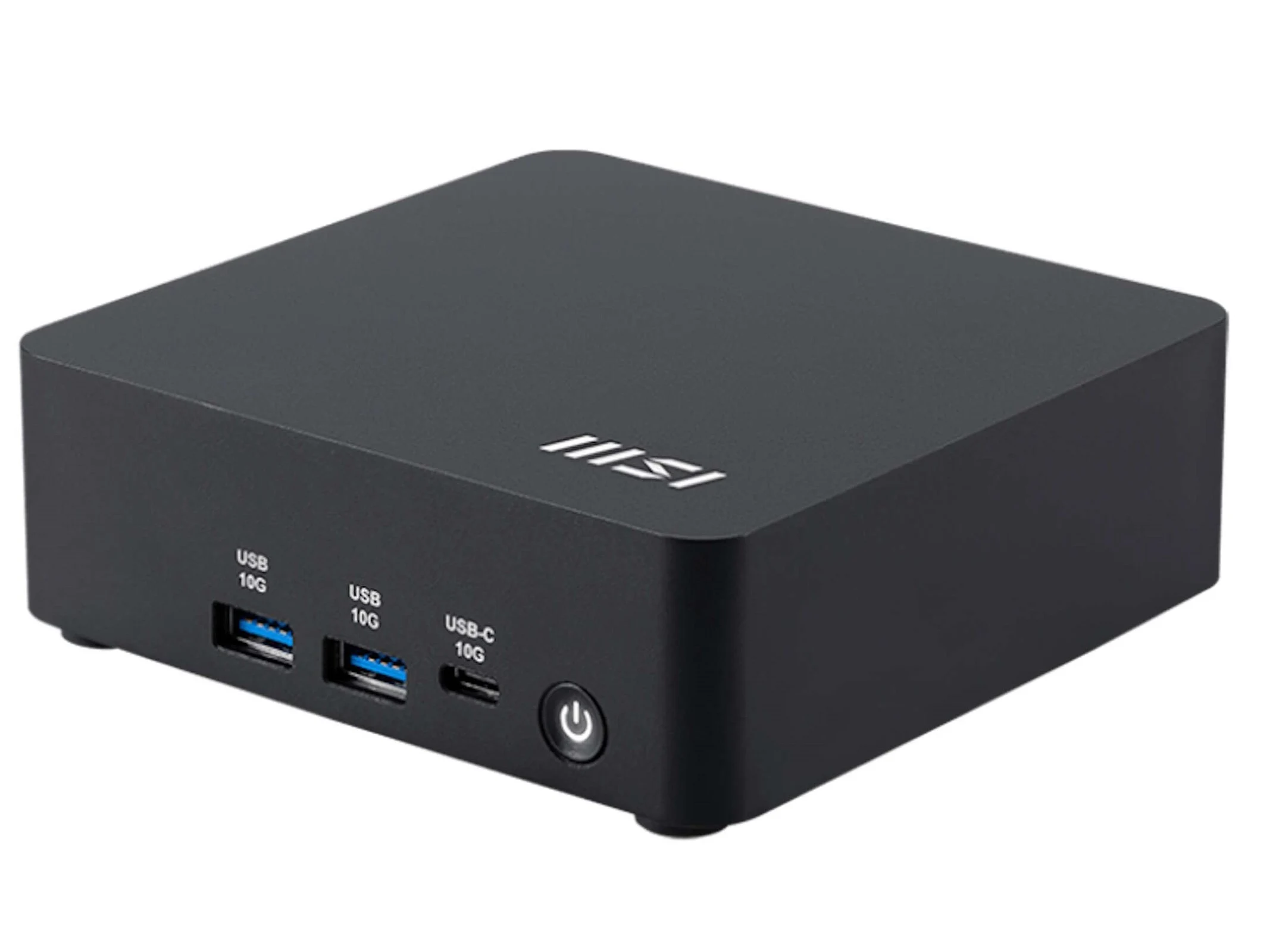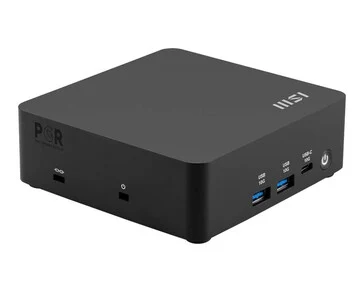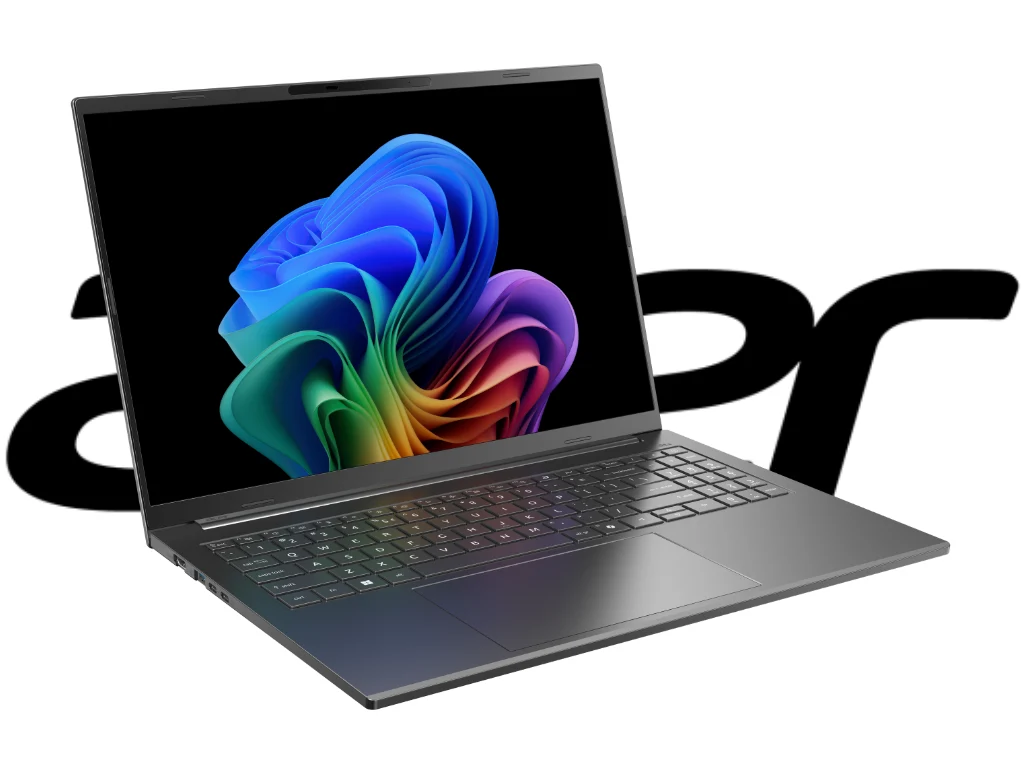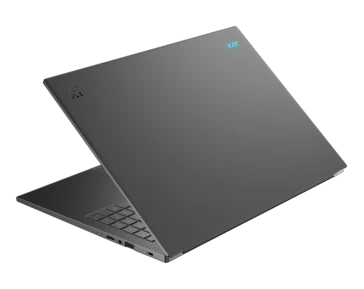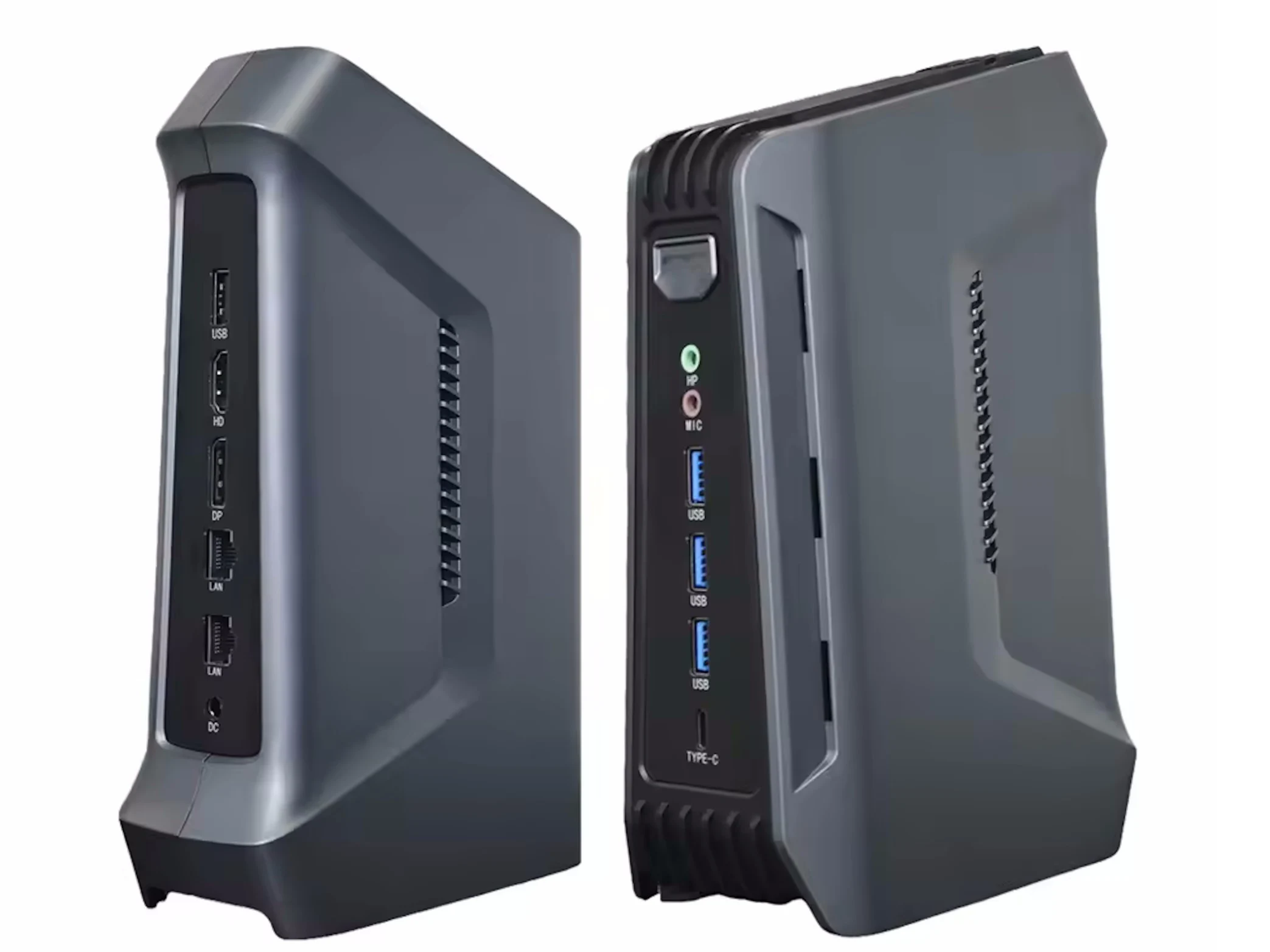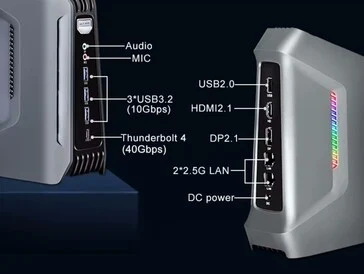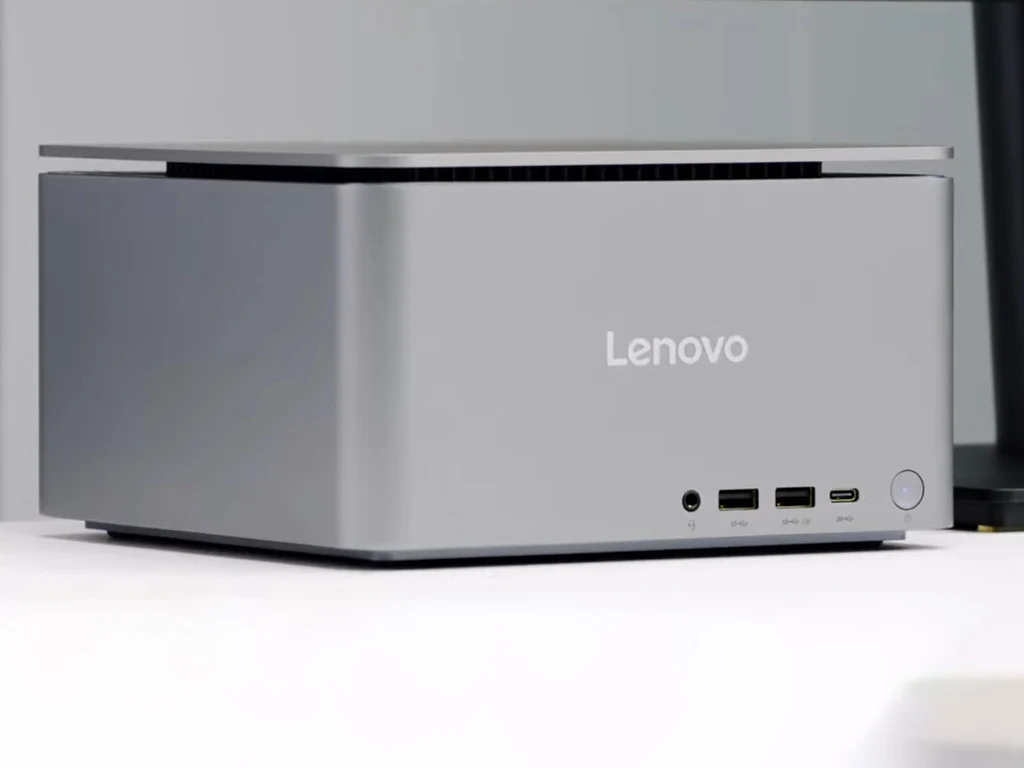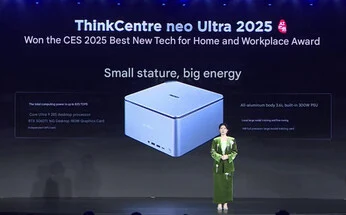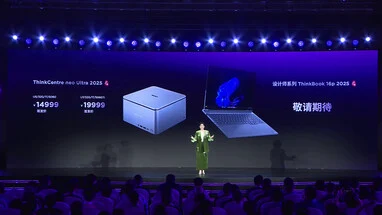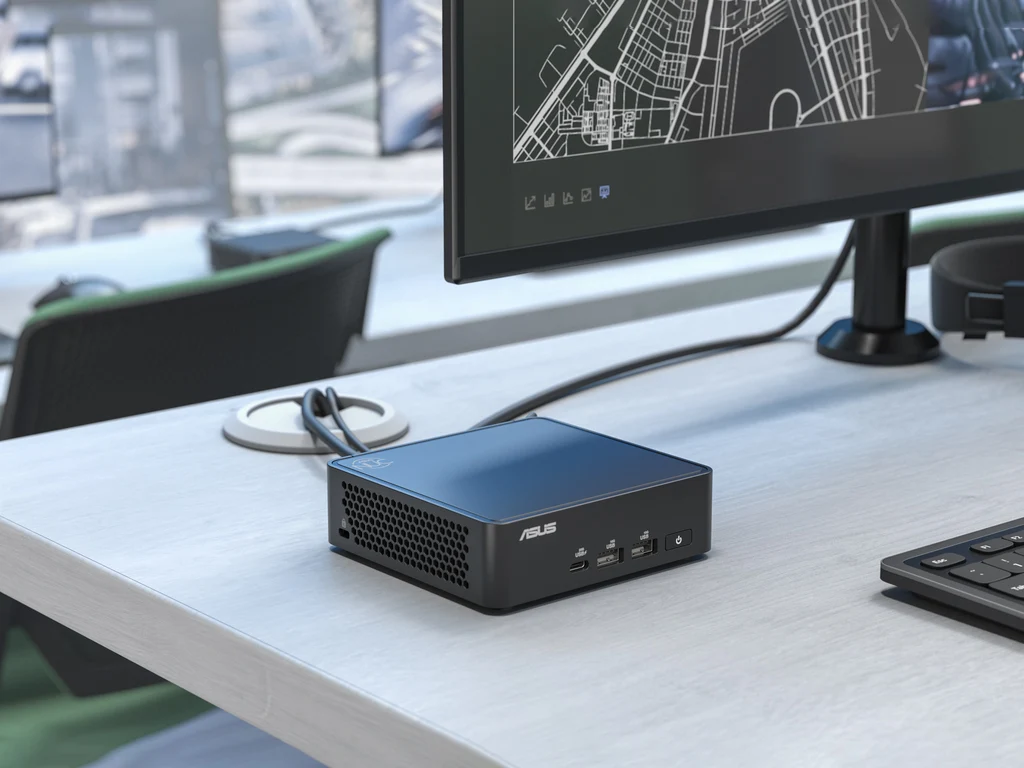Key Takeaways
1. The Dell 14 Plus 2-in-1 offers both Intel (Lunar Lake Core Ultra 5 and 9) and AMD (Zen 5 Ryzen AI 5 and 7) processor options.
2. AMD options, especially the Ryzen AI 7 350, excel in multi-threaded performance, outperforming Intel’s top model by over 30%.
3. Intel models provide advantages like longer battery life, better performance-per-watt, and superior integrated graphics.
4. Intel configurations support HDMI 2.1 and Thunderbolt 4, allowing for better connectivity with external 4K monitors.
5. AMD versions are limited to HDMI 1.4 and USB-C at 10 Gbps, making them less suitable for high-bandwidth external displays.
The Dell 14 Plus 2-in-1 offers both Intel and AMD choices. For Intel, you can pick between the Lunar Lake Core Ultra 5 226V or the Ultra 9 288V. On the AMD side, there are options like the Zen 5 Ryzen AI 5 540 or the Ryzen AI 7 350. Although all models feature the same 1200p touchscreen and external design, there are significant differences in performance and available ports.
Performance Insights
If you are someone who values multi-threaded performance, it might be beneficial to lean toward the AMD options since the Ryzen AI 7 350 can outperform the Core Ultra 9 288V by over 30 percent. Nevertheless, the Intel model brings several advantages, such as a longer battery life, better performance-per-watt, and significantly quicker integrated graphics with the Arc 140V compared to the Radeon 860M.
Connectivity Differences
Another often-missed benefit of the Intel models is their compatibility with HDMI 2.1 and Thunderbolt 4 running at 40 Gbps. In contrast, the Dell 14 Plus 2-in-1 AMD versions are restricted to HDMI 1.4 and USB-C at 10 Gbps. If you plan to hook up external 4K monitors to your laptop, the Intel configuration is the better choice for optimal monitor connectivity.
Source:
Link
















